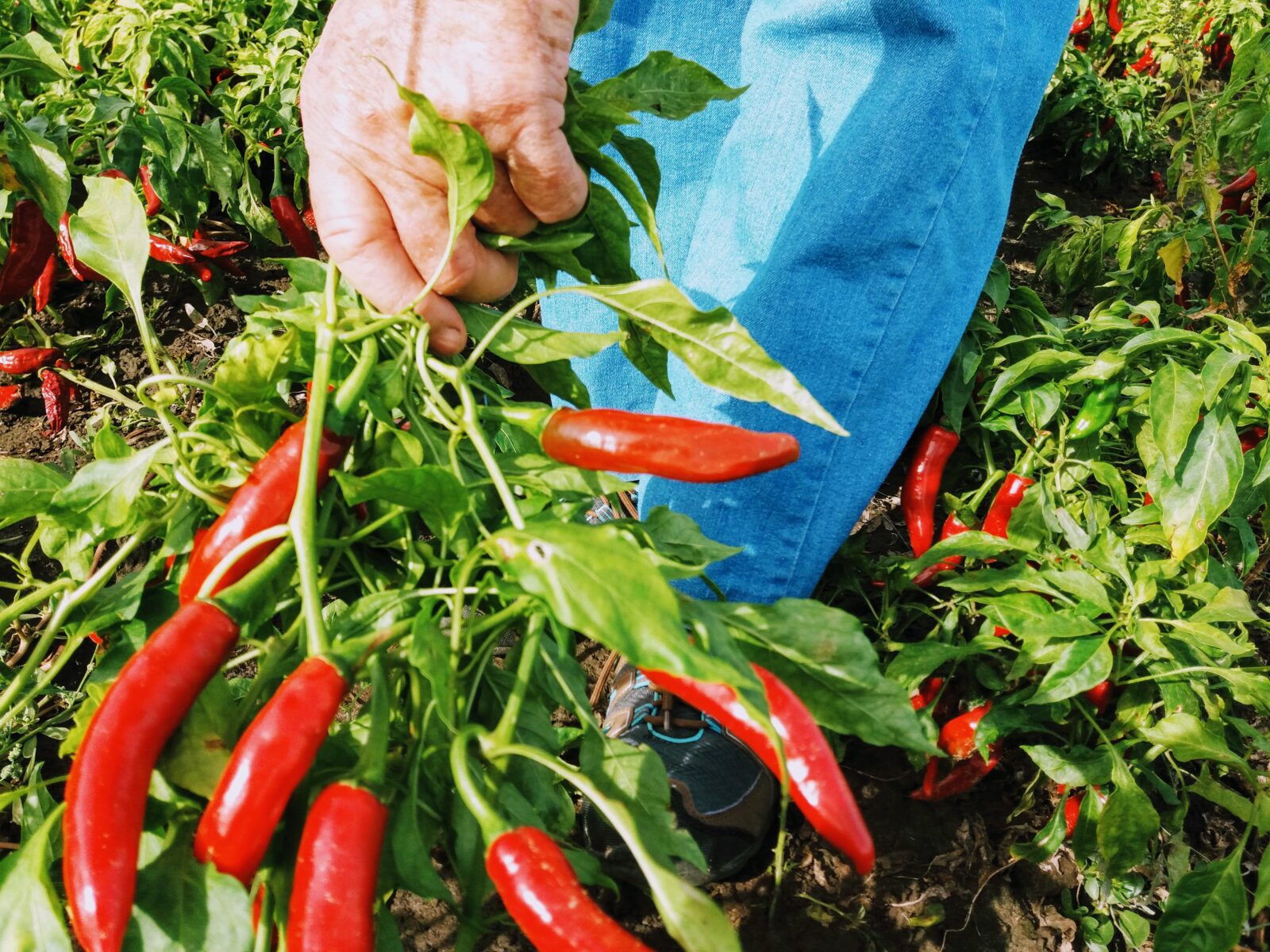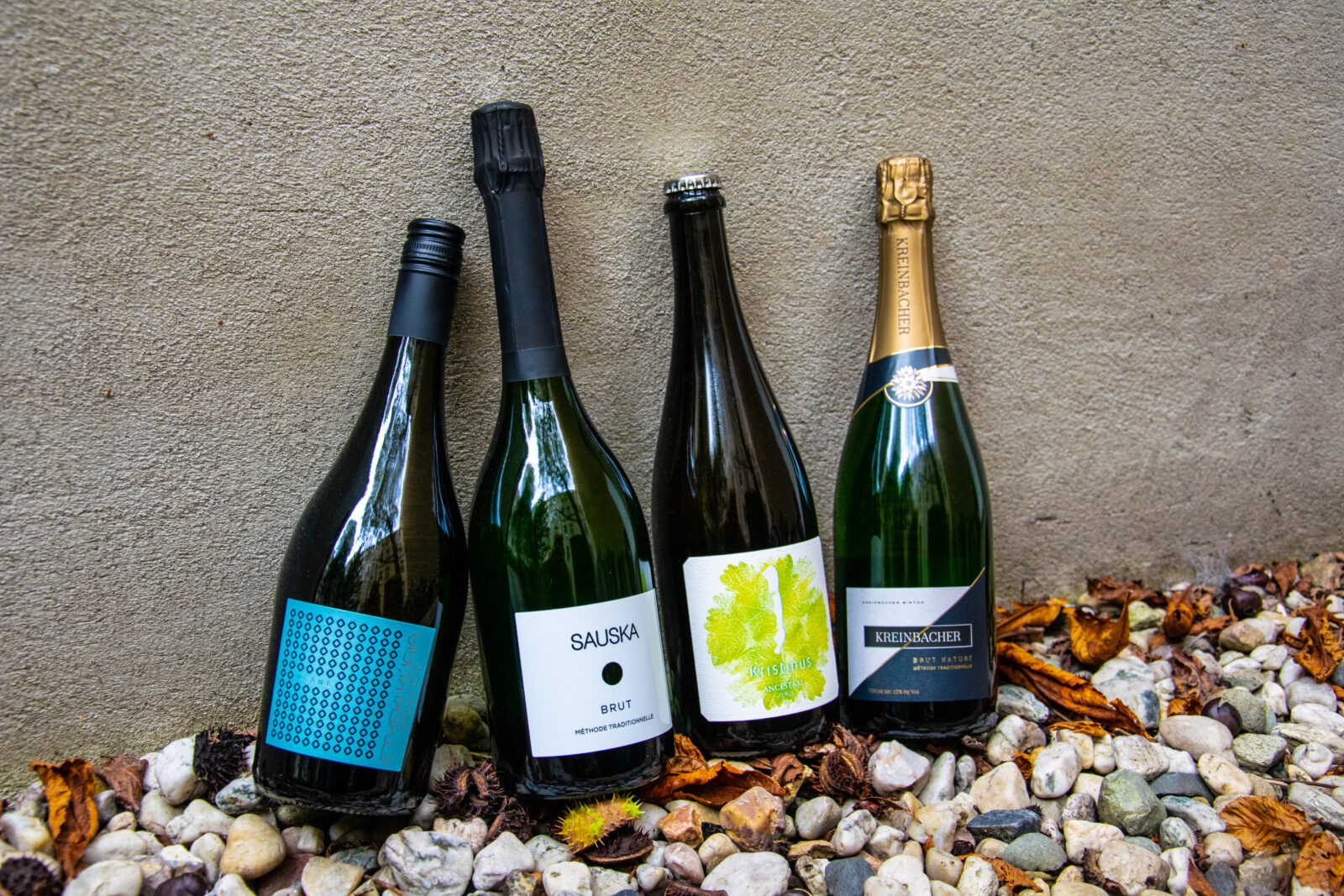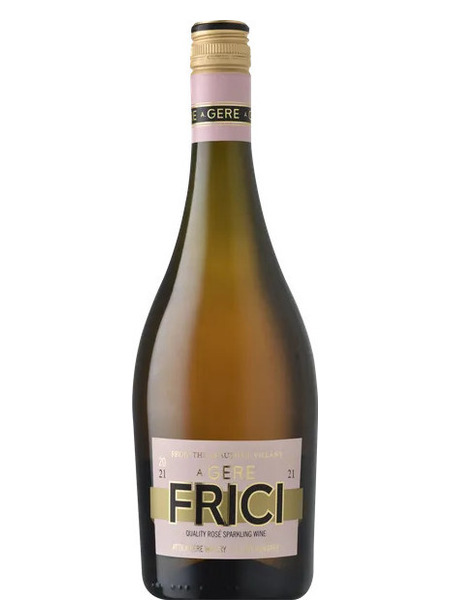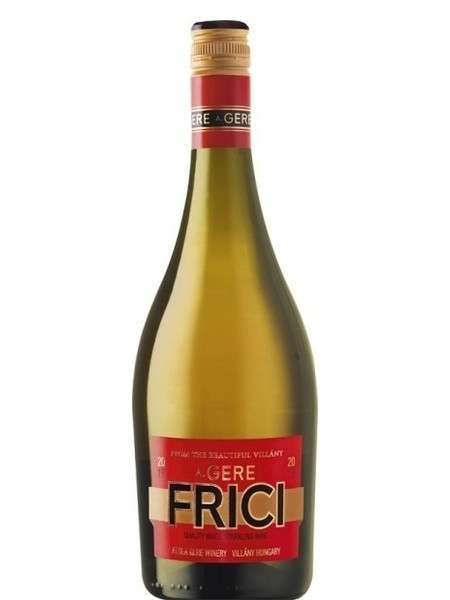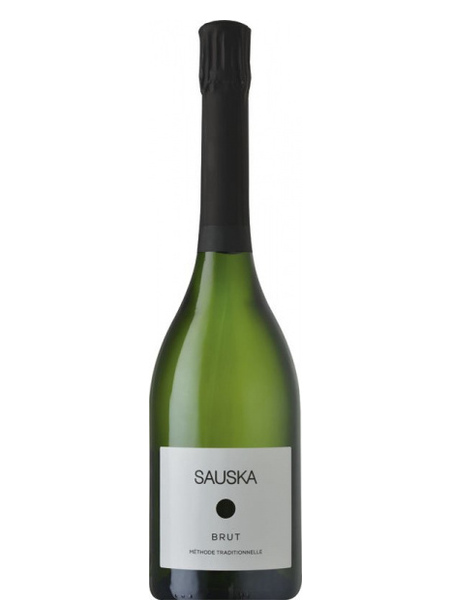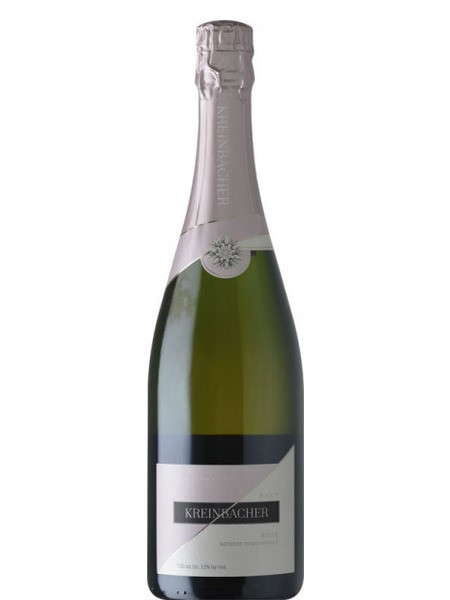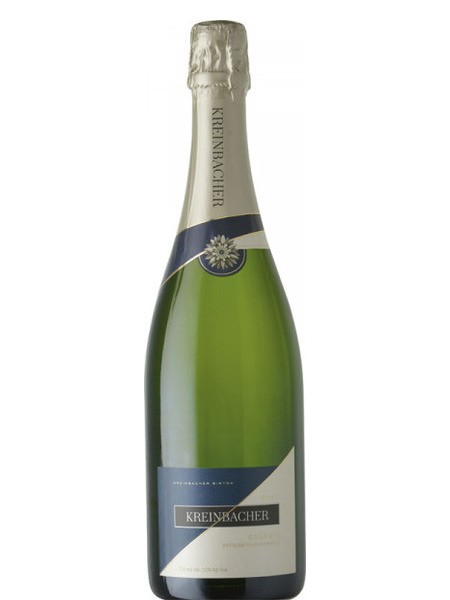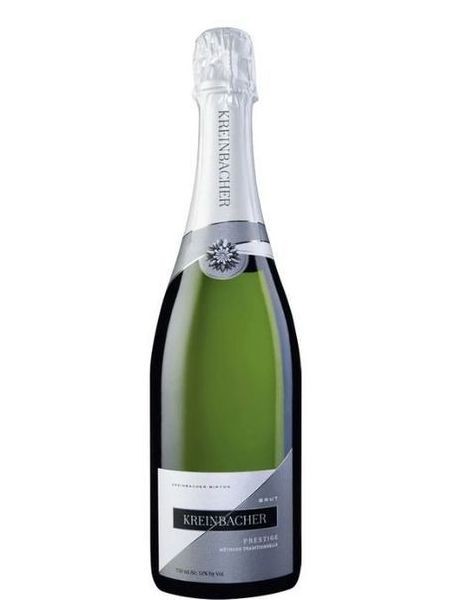Updates, Wine Guide, Wine Styles & Trends
Sparkling Wine Guide
Frizzante, sparkling wine, effervesent wine, pét nat – you might have heard all of these names before, but do you know the difference between them and how they’re made? We’ve summarized the most important pieces of information for you, along with our top Hungarian picks from each category.
Where do the bubbles come from?
That depends on the winemaking method. We’ll cover three of the most important methods in detail:
By adding CO2
The simplest way to add bubbles to a wine is simply to infuse it with carbon dioxide. Don’t expect any overly complex flavors or anything, but the added fizz can elevate a light, fruity wine into something more indulging and exciting. When the wine is only slightly carbonated, it’s called frizzante or semi-sparkling wine.
Our wines from Etyeki Kúria and Gere are great examples of easy-going semi-sparklers with a refreshing style.
-
Etyeki Kúria Pláne Frizzante€8,90
€11,87 / l
incl. VAT
excl. shipping costs
Delivery time: 1-5 working days
-
Gere Frici Frizzante Rosé 2023/2024€8,90
€11,87 / l
incl. VAT
excl. shipping costs
Delivery time: 1-5 working days
-
Gere Frici Frizzante 2023/2024€8,90
€11,87 / l
incl. VAT
excl. shipping costs
Delivery time: 1-5 working days
The Traditional Method
The traditional method is the ‘classic’ way of making sparkling wine, popularized in Champagne and around the world. First, the wine is fermented like regular wine, then bottled together with sugar and yeast, and sealed with a crown cap. As the yeast consumes the sugar, it creates carbon dioxide, which slowly dissolves into the wine. This creates tiny, elegant bubbles that hang in the wine long after opening.
When this is done, the winemaker degorges the bottle, opening the bottle and removing the yeast sediment from the wine. Before sealing with a cork, the bottle is then topped up with liqueur d’expédition, a mix of wine and sugar, to adjust the sweetness and softness of the final wine. Some wines made with this method are among the finest in the world, and have the potential to age for decades.
In Hungary, traditional method sparkling wines have been produced in some regions for centuries. Many of the grapes that were grown on The western outskirts of Budapest (Budafok) as well the region of Etyek in the vicinity were centers of sparkling wine production, and much of these wines were consumed in the Budapest nightlife. Today, the Törley winery and others still continue to make sparkling wine in the area.
Recently, in the past decades, wineries in regions all around Hungary have been experimenting with sparkling wine production, since many have realized that the crisp, dry Hungarian white wines could be an ideal base to build upon. Few (or perhaps none) have gotten as far as the Kreinbacher and Sauska Tokaj wineries.
While Kreinbacher produce their wines on Somló mountain and Sauska is based in Tokaj, on the other side of the country, there are many similarities between the two. Both are working together with experts from the Champagne region and both have built or are building modern wineries dedicated to these wines. They both grow grapes on volcanic soils, and they also both have a focus on the Furmint grape, often combining its minerality and bold acidity with the softness of the Chardonnay grape. The results are truly impressive at both wineries!
-
Sauska Brut€19,50
€26,00 / l
incl. VAT
excl. shipping costs
Delivery time: 1-5 working days
-
Kreinbacher Rosé Brut€21,90
€29,20 / l
incl. VAT
excl. shipping costs
Delivery time: 1-5 working days
-
Kreinbacher Brut Classic€21,90
€29,20 / l
incl. VAT
excl. shipping costs
Delivery time: 1-5 working days
-
Kreinbacher Prestige Brut€24,90
€33,20 / l
incl. VAT
excl. shipping costs
Delivery time: 1-5 working days
-
Kreinbacher Brut Nature€21,90
€29,20 / l
incl. VAT
excl. shipping costs
Delivery time: 1-5 working days
-
Kreinbacher Extra Dry€17,90
€23,87 / l
incl. VAT
excl. shipping costs
Delivery time: 6-12 working days
Pét Nat
And finally, the wildest category of them all, pét nat (short for pétillant naturel – yes, the French really spread their vocabulary when it comes to sparkling wines!). Here, still-fermenting, half-finished wine (or a mix of wine and grape juice from the same harvest) is bottled as it is. The bubbles develop from the natural yeast and sugar that’s still active in the wine, and the sediment and yeast stay in the bottle in most cases.
This style was previously almost forgotten, although it was the original way that sparkling wines were made centuries ago. Thanks to winemakers in the natural wine scene, it’s the current craze around the world again. Wines made with this method come in a range of styles, but tend to be juicy, fruity and at least a bit wild, since the uncontrolled fermentation brings an extra palette of flavors to the wine that can’t be found with other methods. Open pét nat wines within a couple of years after bottling, and drink them quickly with a group of friends, since they can lose much of its fizziness soon after opening.
Levels of Sweetness
There are several standard categories for determining the sweetness of sparkling wine. From dryest to sweetest:
- Brut Nature 0-3 grams/liter residual sugar
- Extra Brut 0-6 g/l
- Brut 0-12 g/l
- Extra Dry 12-17 g/l
- Dry 17-32 g/l
- Doux 50+ g/l

